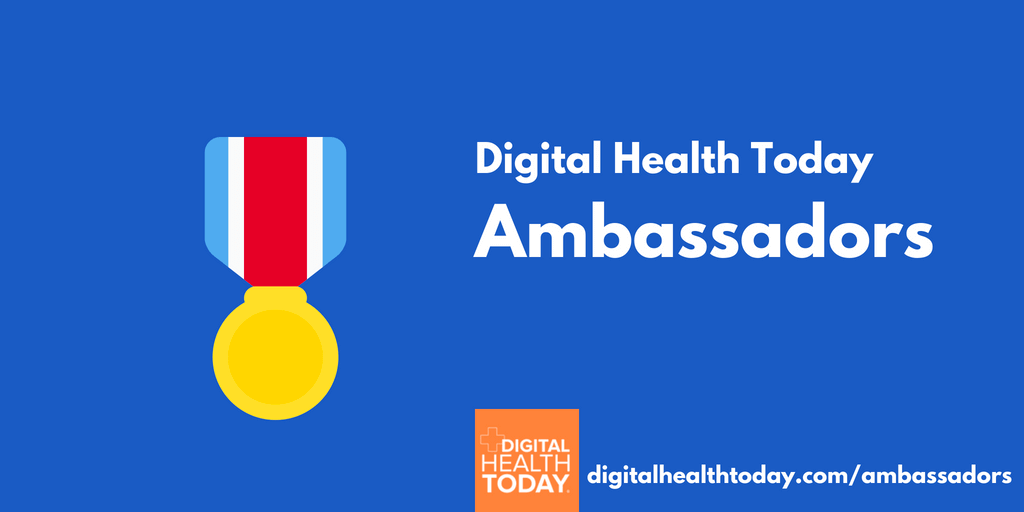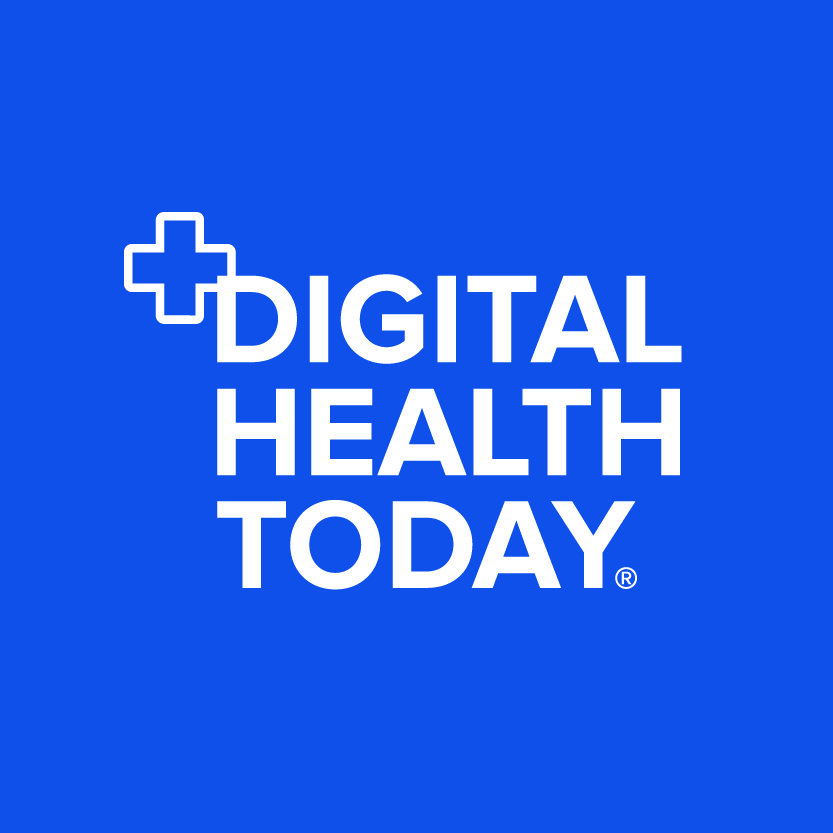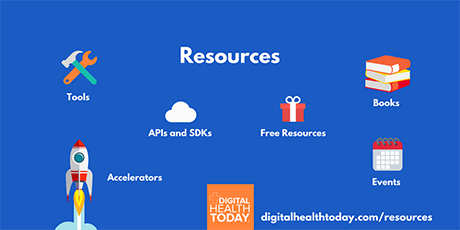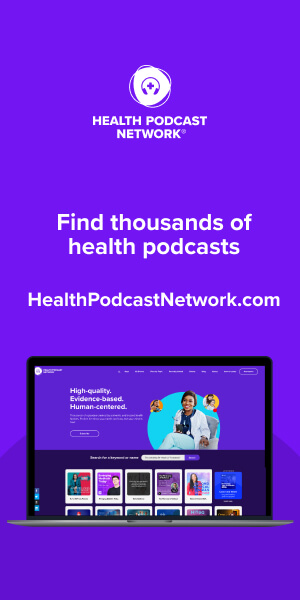by Demi Radeva
During this year’s annual HLTH conference in Boston, I met Naweed Zemaryalai and Jessie Vera-Barrett. Naweed is the CEO and founder of TravaLab and Jessie is an advisor for the company with a passion for health equity resulting from her own personal experience. TravaLab aims to make testing more convenient and accessible by providing mobile phlebotomy services to people across the United States.
Lightning Round:
What is a saying, quote or phrase that motivates you?
N: “Hard work beats talent when talent fails to work hard.” – Kevin Durant
What advice do you have for other innovators?
N: If you are confident in your vision, for whatever service or good you are offering, it is always good to ask for advice, but you are the ultimate decision maker. Believe in your goal and vision.
What is a book that has impacted you?
N: Monster: The Audiobiography of an L.A. Gang Member by Sanyika Shakur.
What is a piece of technology or innovation that makes your life easier?
N: Yelp, because it helps you find exactly what you are looking for!
What is space in healthcare that isn’t getting much attention, but should?
N: Functional medicine. The trend of science in healthcare is shifting back to organic methods in health, diet, and lifestyle. We can’t load up people with pills all day long. The more people know about themselves through testing, the more they look for holistic approaches to eat, and treat themselves. Holistic with a “w”! People want more than a pill to control their diabetes or insomnia; they want drug-free options, options that won’t make them dependent for life, or expose them to side effects.
Deep Dive:
Why did you found TravaLab?
N: I’m a med school dropout. I spent a significant time supporting the University of California San Francisco (UCSF) research department in their laboratory in all types of roles, from a phlebotomist to handyman. That’s where I was exposed to the latest innovative diagnostic companies.
Today, laboratories could offer a lot more to patients than even five or ten years ago. But this type of testing is not accessible to those who can’t afford it, don’t have the transportation to go to the laboratory, are homebound, or work multiple jobs or odd hours. TravaLab was created with the vision to provide accessibility to testing for all.
How do you ensure “accessibility for all”?
N: TravaLab services a broad demographic by meeting the patient where they are. The technology platform can communicate with patients online, via text, or direct call. And if the patient doesn’t have the technology or ability, TravaLab will coordinate with a patient’s family member, friend, or caregiver to ensure service delivery.
Once a test is scheduled, TravaLab deploys our fleet of 1,500 national mobile phlebotomists directly to the patient. We provide service up to a 100-mile radius into rural communities.
Also, accessibility isn’t just about technology and mobility. It is also about cultural competency and understanding. The experience inside someone’s home is sacred! If someone is bedridden, we don’t want our staff talking about the weather outside. That’s insensitive.
We want to set the standard on what the patient experience is supposed to be like. On the front end, we have a strict technician vetting system with a set of standards that need to be met, including cultural competency. This provides confidence in the care that staff can deliver for patients.
On the back end, we follow-up with patients to ensure appropriate service was delivered, and we take appropriate action if that wasn’t the case.
Are there any barriers to “accessibility for all” of this service?
J & N: We are part of the “last mile” of care delivery. However, we are also part of a great health ecosystem. While we have the technology and the solution exists, there isn’t even a billing code for “mobile phlebotomy.” Today, we get referrals from physicians and labs, but to truly extend our reach, we need the whole health system– and payers in particular– to be on board and reimbursing for these types of services.
How do you know if you’ve delivered on your vision?
N: Our most important KPIs (key performance indicators) are: are the patients happy? And do they continue to come back?
What can we be doing to provide access to all?
N: Patients are made aware of our services through physician or lab referrals, but it would be amazing if payers also helped create awareness. We have a big opportunity to make this service accessible for even more people in America, and– even better– serve the underserved, the underrepresented, and the unreachable.
J: The other thing that could help us expand accessibility is health literacy. 20% of the population is health literate. This creates a big issue as most don’t know that they have an option for a second opinion, or that their insurance covers carpet washing so they can prevent asthmatic attacks (and they end up in the ER instead of their primary care physician’s office). Most of this results from health illiteracy, and it’s on the system to fix this.
The solution should be designed from the bottom up. COVID-19 put a spotlight on the inequities that exist in our system today, and it reminded me of what I saw during 9/11– the huge lines to get into the ER in this crisis situation. The priority in that moment was to help those who were hurt first. Our collective health is not based on the ceiling and how we treat those at the top, but rather how we treat those on the ground floor! Our priority should be equity.





